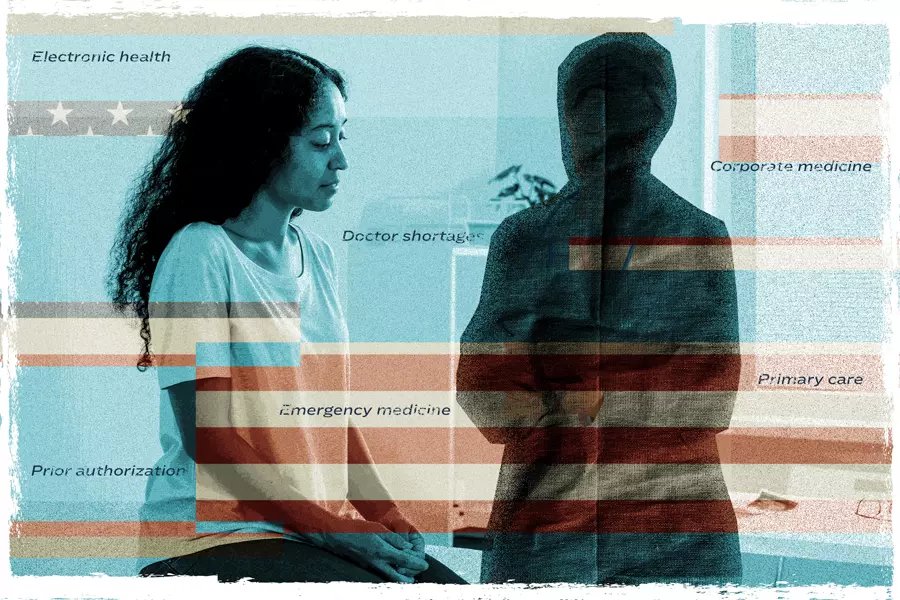The United States faces increasing challenges when it comes to securing appointments with doctors due to soaring health care demand and a dwindling number of physicians. Specializations such as primary care and emergency medicine are being hit the hardest, resulting in more patients leaving before being treated by a doctor. One study analyzed over 1,000 hospitals between 2017 and the end of 2021, revealing that those with the worst performance had 4.4% of emergency room patients leave before a medical evaluation was conducted. By the end of 2021, this percentage had risen to 9.
The issue is further exacerbated by rising levels of career burnout among doctors, particularly the younger generation who prioritize maintaining a healthy work-life balance and are less likely to be on call. This shift in mindset is resulting in more doctors limiting their working hours, which in turn poses a problem from a patient accessibility standpoint. As the American population ages and becomes increasingly prone to chronic diseases, this issue will only become more pressing.
The corporate nature of modern medicine is not making things easier for doctors or patients alike. The “revenue value unit” method of evaluating physician productivity often leaves doctors feeling like mere cogs in a wheel, with their worth determined by how much they are billing and bringing in for their practice, rather than the quality of care they provide or patient satisfaction levels.
While some efforts have been made to address this crisis – such as medical scribes, which can help reduce burnout rates among primary care providers – it is clear that more needs to be done to ensure adequate access to healthcare professionals for patients in need. As the United States’ aging and chronically sick population continues to grow, finding solutions to this pressing issue will only become more urgent.

